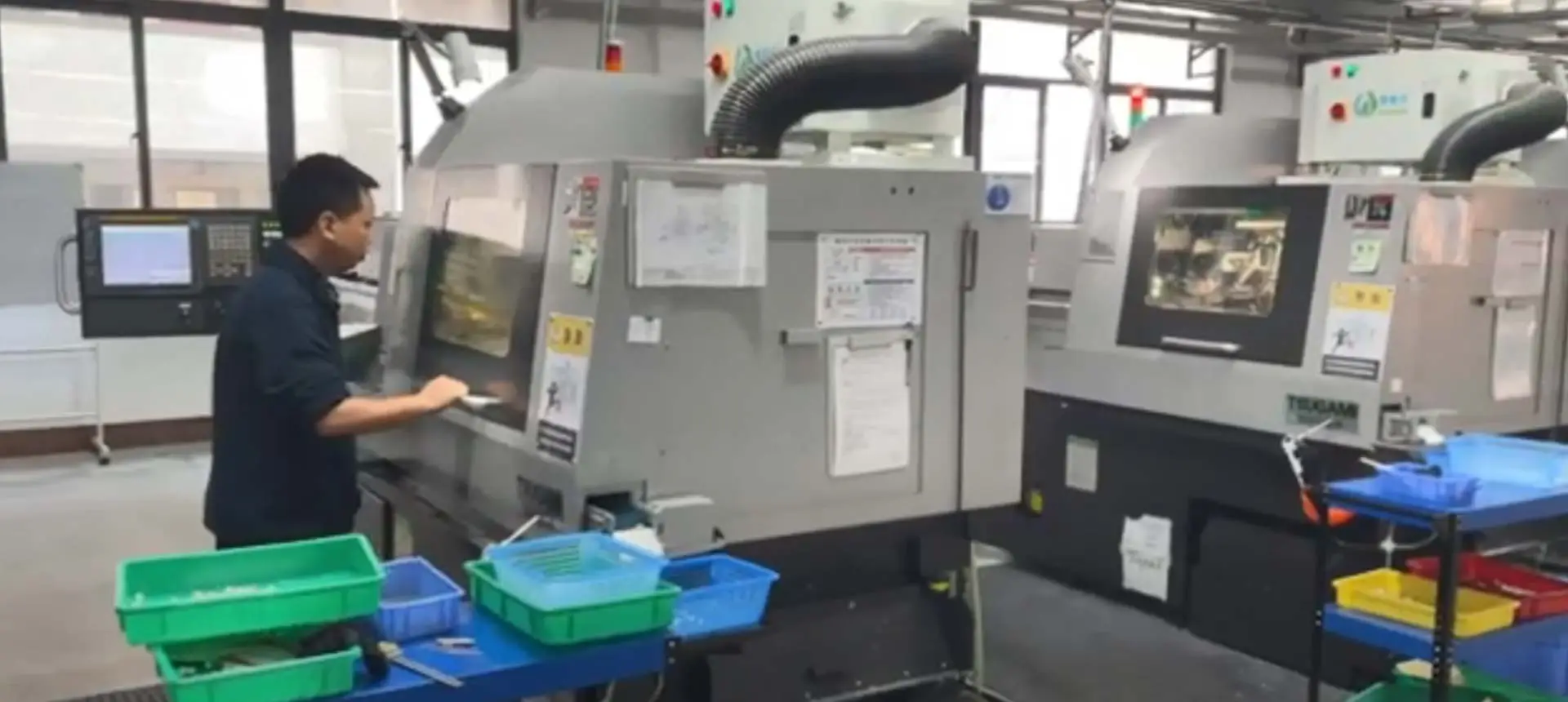
At our company, we use a highly efficient process to produce CNC machining parts that meet our customers' specific requirements. Here is an overview of the process we follow:
Design and Programming: Our skilled engineers work with the latest software to design and program the part, ensuring that it meets the required specifications and tolerances.
Material Selection: We carefully select the appropriate material for the part, taking into account its strength, durability, and other properties.
CNC Machining: We use advanced computer-controlled machines to perform the CNC machining process, which involves removing excess material from the workpiece to create the final shape of the part.
Quality Inspection: Our team inspects the parts at every stage of the process, using the latest technology and equipment to ensure that each part meets the required quality standards.
Finishing: We offer a range of finishing options, including sandblasting, polishing, anodizing, and coating, to enhance the appearance and functionality of the parts.
Packaging and Shipping: We carefully package the parts to ensure their safe arrival and promptly deliver them to our customers.
With our commitment to quality, efficiency, and customer satisfaction, we have built a reputation as a trusted provider of custom CNC machining parts. If you have a project that requires high-quality CNC machining parts, please contact us to discuss your requirements and how we can help.
Description | CNC Milling | CNC Turning |
Materials | Aluminum/ Cu / Steel / Stainless | Aluminum/ Cu / Steel / Stainless |
Maximum Part Size | 1000mm * 1000mm * 600mm | 1000mm * 600mm * 600mm |
Standard Lead Time | 4 Business Days | 4 Business Days |
Tolerance (±mm) | Milling Only: Up to ± 0.025mm With Wire Cutting or EDM: Up to 0.002mm | Up to ± 0.0025mm |
Quality Assurance | ISO 9001, ISO 45001:2018 Supplier Audits CMM and 2D Measuring Projector Inspection Reports Functional Inspection Custom Sampling | ISO 9001, ISO 45001:2018 Supplier Audits CMM and 2D Measuring Projector Inspection Reports Functional Inspection Custom Sampling |
High precision and accuracy: With CNC machining, parts can be manufactured with extremely tight tolerances and high accuracy, providing a level of consistency that is difficult to achieve with manual machining processes.
Wide range of materials: CNC machining can be used with a variety of materials, including metal, plastic, wood, and composites.
Cost-effective for high-volume production: CNC machining is ideal for high-volume manufacturing as it enables the production of large quantities of parts at a lower cost per piece.
Increased efficiency: The automated nature of CNC machining means that production can be carried out more efficiently, without the need for manual intervention, resulting in faster production times.
Versatility: CNC machining can be used to produce complex components with intricate shapes and geometries, making it suitable for a wide range of applications.
In the realm of precision manufacturing, Computer Numerical Control (CNC) machining stands as a technological marvel that has revolutionized the production industry. CNC machining involves the use of computerized systems to control machine tools and processes, allowing for highly accurate and efficient production of intricate parts and components. The various CNC machining processes under HHC have different application scopes and processing characteristics. The following provides a detailed classification and introduction.
One of the most common types of CNC machining, milling employs rotating cutting tools to remove material from a workpiece. The milling machine can move along multiple axes, creating a wide range of shapes, slots, and holes. From simple components to complex prototypes, milling is versatile and widely used in industries like aerospace, automotive, and electronics.
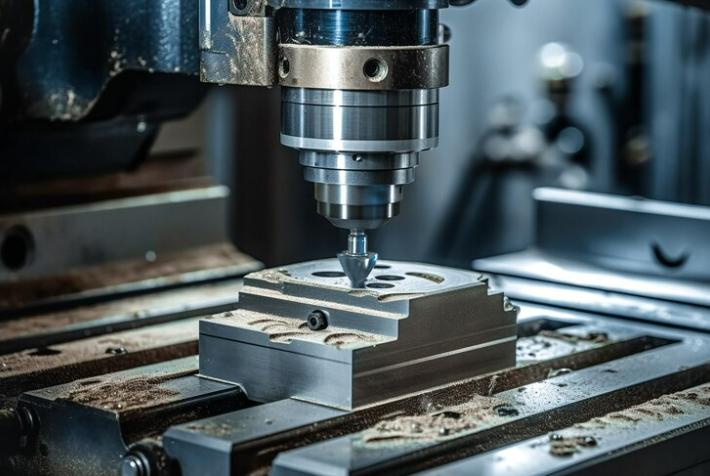
In turning operations, the workpiece rotates while a cutting tool shapes it into the desired form. This type of CNC machining is ideal for creating cylindrical components such as shafts, bolts, and spindles. Precision turning is a cornerstone of manufacturing processes, providing efficiency and accuracy for various applications.
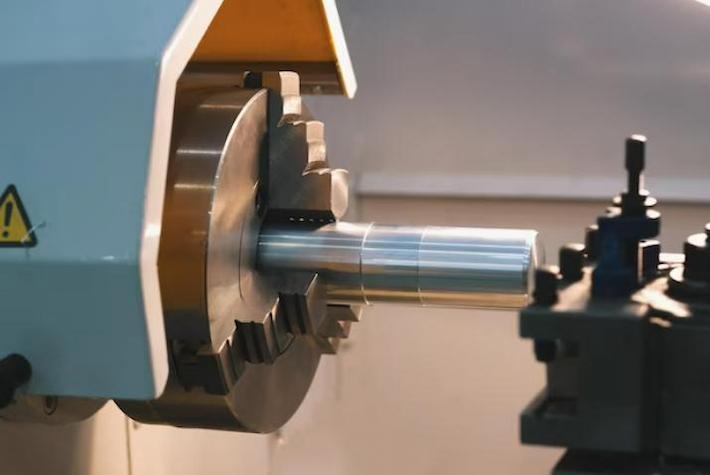
As the name suggests, drilling CNC machines are designed to create holes in workpieces. These machines use rotating drill bits to remove material, and they are crucial in the production of components that require precise and uniform holes. Industries like construction, metalworking, and electronics heavily rely on CNC drilling for their manufacturing needs.
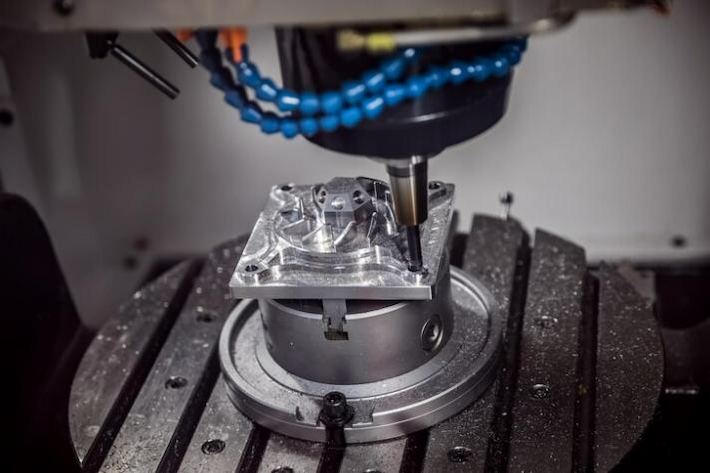
When extreme precision and surface finish are paramount, CNC grinding comes into play. This method employs abrasive wheels to remove material and achieve tight tolerances. CNC grinding is indispensable in the production of tools, molds, and high-precision components used in medical devices and aerospace engineering.
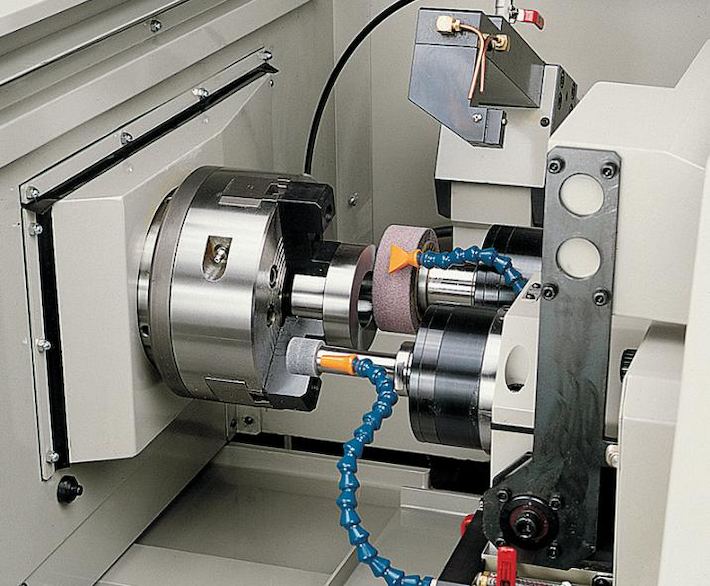
EDM is a non-traditional CNC machining method that utilizes electrical discharges to shape materials. By carefully controlled electrical sparks, EDM can create intricate and complex shapes with high precision. This technique is particularly useful for hard metals that are challenging to machine with traditional methods. For example, we use Electrical Discharge Machining (EDM) to customize templates for molds
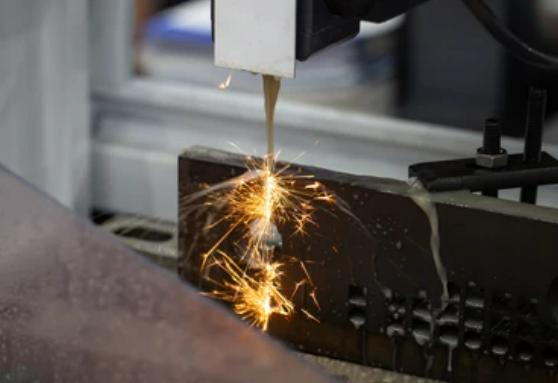
CNC laser cutting involves the use of a laser beam to cut through materials, creating precise and clean edges. This method is widely used in the fabrication of sheet metal components for industries ranging from automotive to consumer electronics. The high level of precision and speed makes CNC laser cutting an invaluable process in modern manufacturing.
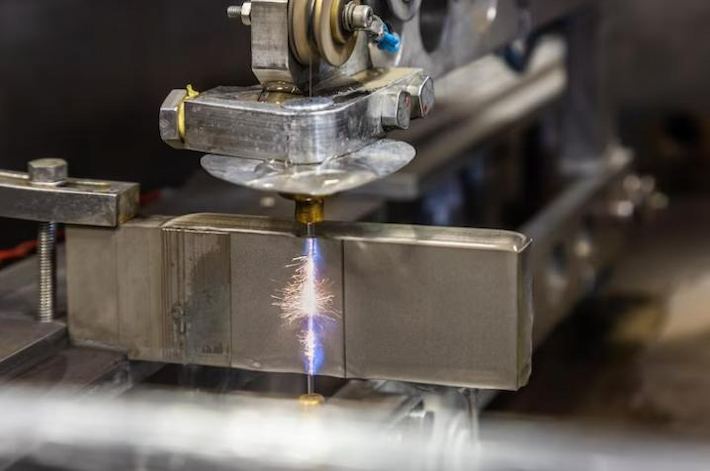
In the ever-evolving landscape of manufacturing, two cutting-edge technologies have emerged as frontrunners: CNC machining and 3D printing. Each method brings its own set of strengths and applications to the table. Let's delve into the intricacies of CNC machining and 3D printing, comparing their features, advantages, and limitations.
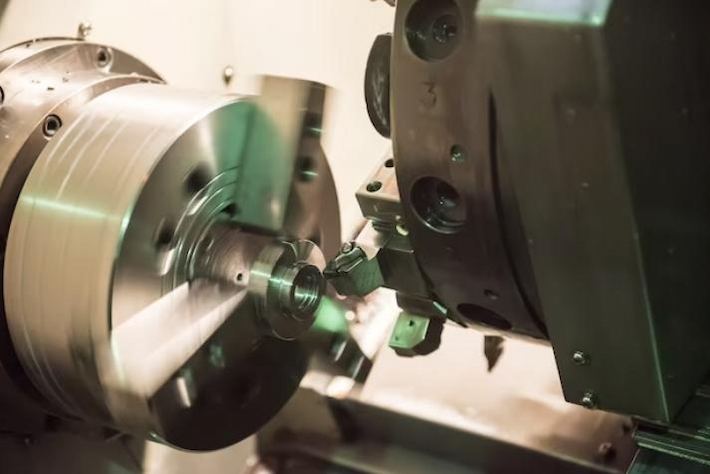
CNC (Computer Numerical Control) machining is a subtractive manufacturing process. It involves removing material from a workpiece to achieve the desired shape. This process utilizes computer-aided design (CAD) and computer-aided manufacturing (CAM) software to precisely control the movement of cutting tools.
CNC machining is renowned for its high level of accuracy and precision. It can achieve tight tolerances and produce intricate details, making it suitable for applications where precision is paramount, such as aerospace and medical industries. CNC machining is versatile when it comes to material compatibility. It can handle a wide range of materials, including metals, plastics, and composites. This makes it a preferred choice for industries demanding durability and strength in their components. CNC machining is well-suited for both prototyping and large-scale production. While the setup time for CNC machining can be longer than 3D printing, it excels in producing high-quality, functional parts. CNC machining provides a superior surface finish compared to many 3D printing technologies. This makes it an ideal choice for components requiring a polished or smooth surface.
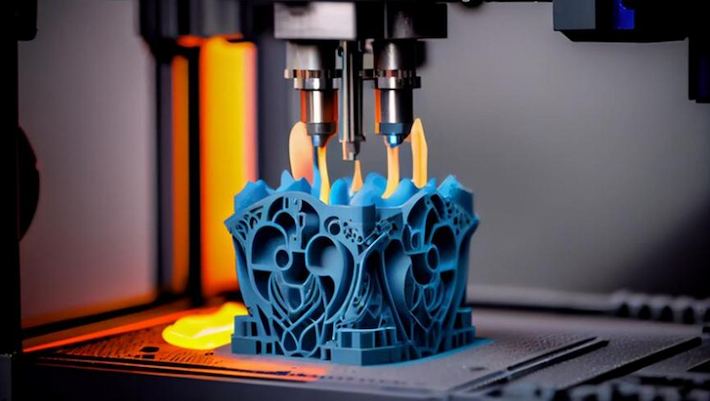
3D printing, or additive manufacturing, builds objects layer by layer from a digital model. It involves depositing material in a specific pattern to create a three-dimensional object. This process is highly versatile and allows for intricate geometries.
3D printing supports a diverse range of materials, including plastics, metals, ceramics, and even bio-materials. The material choices continue to expand, opening up new possibilities for various industries. 3D printing excels in rapid prototyping and is well-suited for complex geometries that may be challenging for CNC machining. However, it may not match the speed of CNC machining for large-scale production. In terms of cost-effectiveness, especially for low-volume production and prototyping, 3D printing can offer advantages due to reduced material wastage and simpler setups. 3D printing is celebrated for its customization capabilities. It allows for the creation of unique, personalized designs without the need for additional tooling, making it ideal for one-off or small-batch production.
Overall, the choice between CNC machining and 3D printing depends on factors such as materials, precision requirements, production scale, and project complexity. For larger production runs, CNC machining excels in precision and material versatility, while 3D printing shines in rapid prototyping and complex design applications.
cations.
CNC (Computer Numerical Control) machining plays a crucial role in manufacturing high-quality precision components. Below are the general process steps and details for manufacturing CNC-machined flanges:
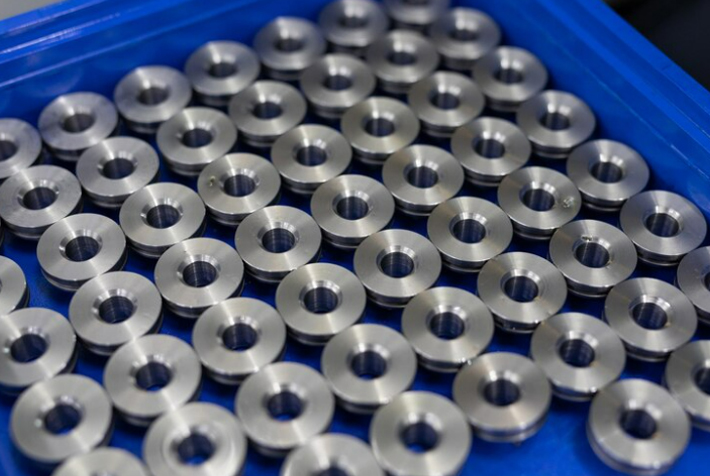
Process Steps for CNC-Machined Flanges:
1. Design and Modeling:
Before manufacturing CNC components, CAD (Computer-Aided Design) design is essential. Design engineers use CAD software to create a 3D model of the flange, determining geometric shapes, dimensions, and machining paths.
2. Material Preparation:
Choose appropriate raw materials, typically metals (such as stainless steel, aluminum, etc.). Material selection depends on the flange's purpose, working environment, and performance requirements.
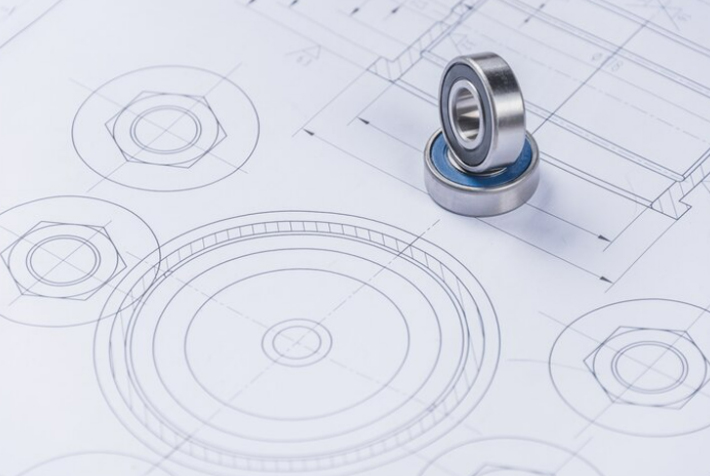
3. Machining Processes:
a. Roughing:
Use cutting tools on CNC machines to perform roughing, roughly shaping the overall form of the workpiece.
The goal of roughing is to quickly remove excess material, leaving an approximate final shape.
b. Semi-Finishing:
Use different tools to semi-finish the workpiece, further approaching the final shape.
Reduce cutting speed to improve surface smoothness.
c. Finishing:
Utilize small tools for the final precision cutting, achieving the final dimensions and surface smoothness.
Finishing often involves the use of smaller tools to enhance machining precision.
d. Hole Machining and Thread Cutting:
Use specialized tools for hole machining and thread cutting to ensure the flange meets design specifications.
4. Inspection and Quality Control:
After each machining step, conduct inspections to ensure the workpiece's dimensions, shape, and surface quality meet specification requirements. Common inspection methods include coordinate measuring, surface roughness testing, and ultrasonic testing.
5. Surface Treatment:
Depending on requirements, perform surface treatments such as polishing, sandblasting, or coating to enhance appearance and corrosion resistance.
6. Packaging and Delivery:
After completing machining and inspection, package the flanges according to customer requirements and proceed with delivery.


